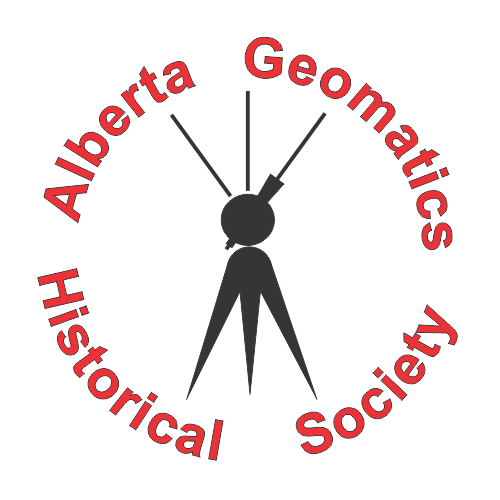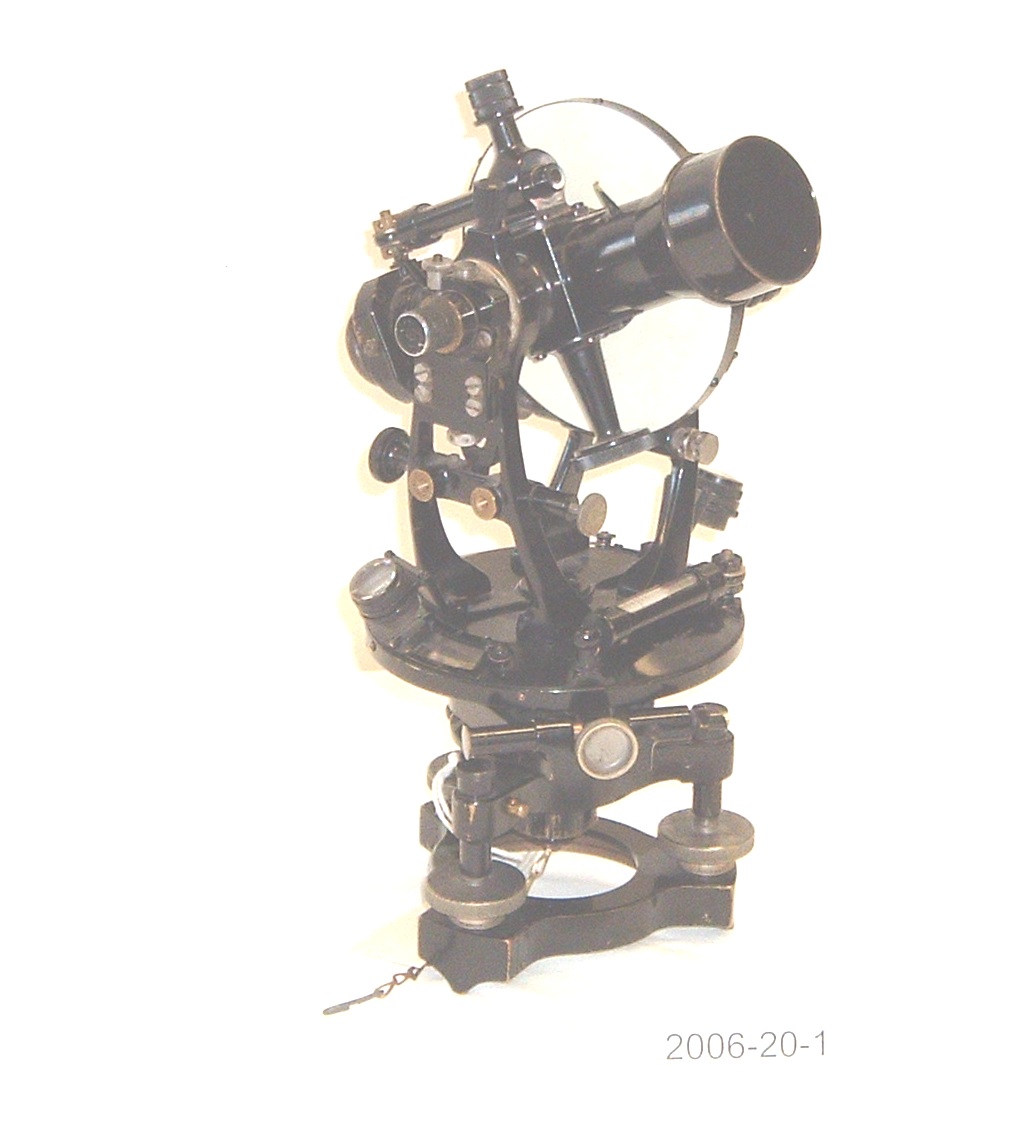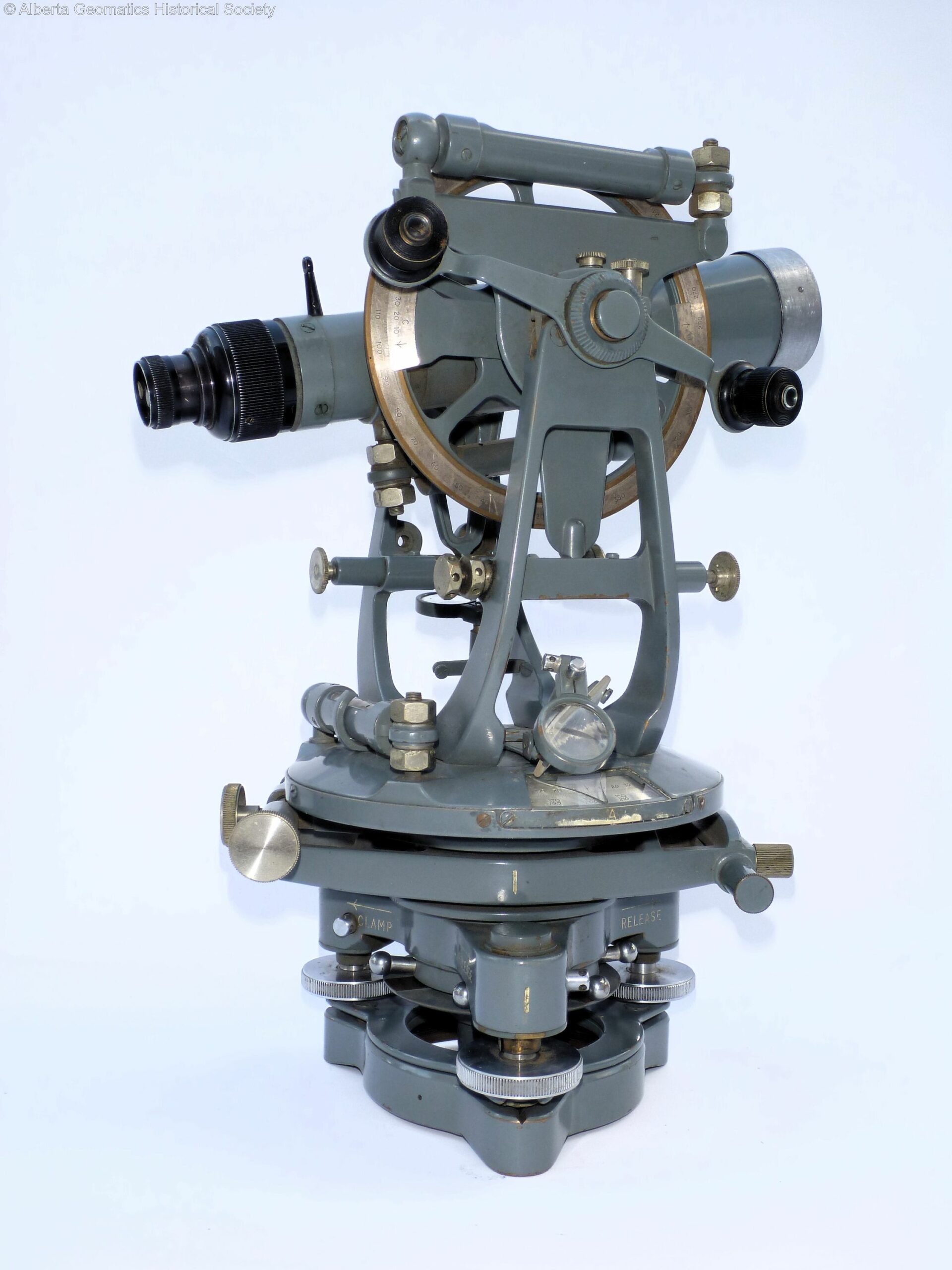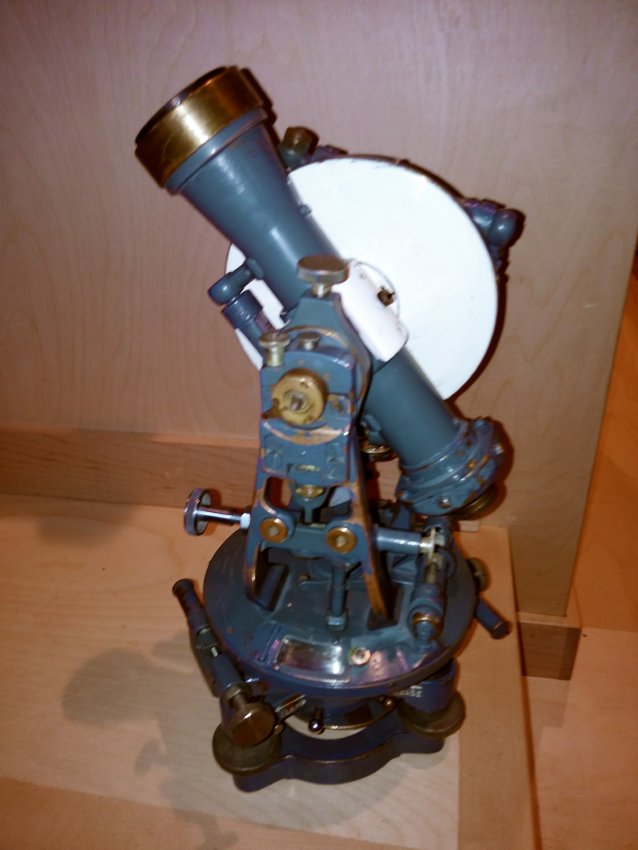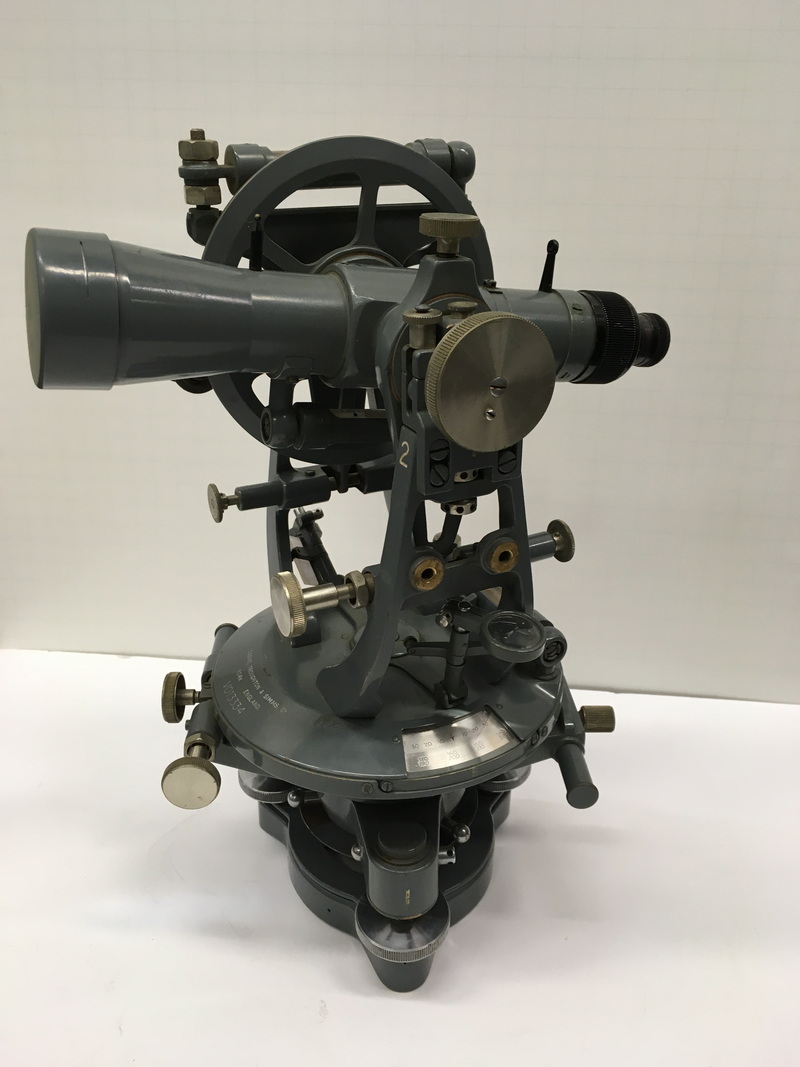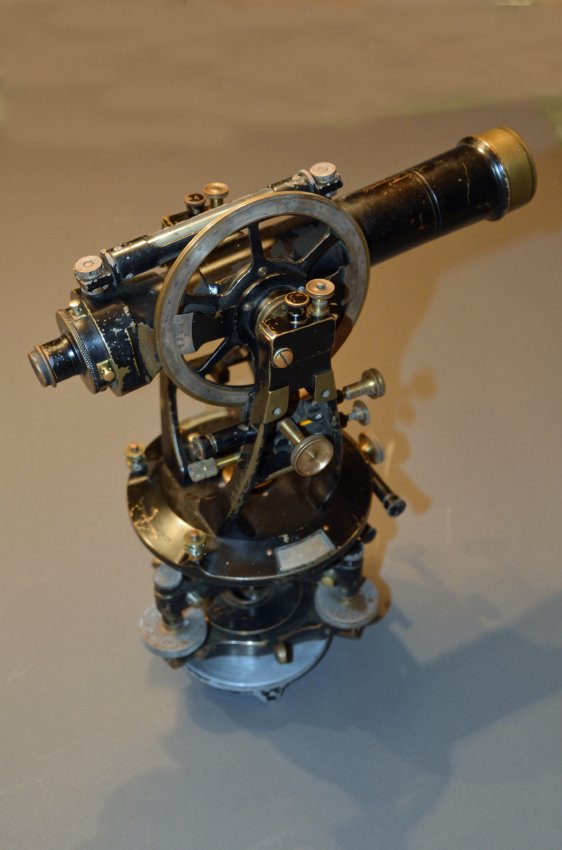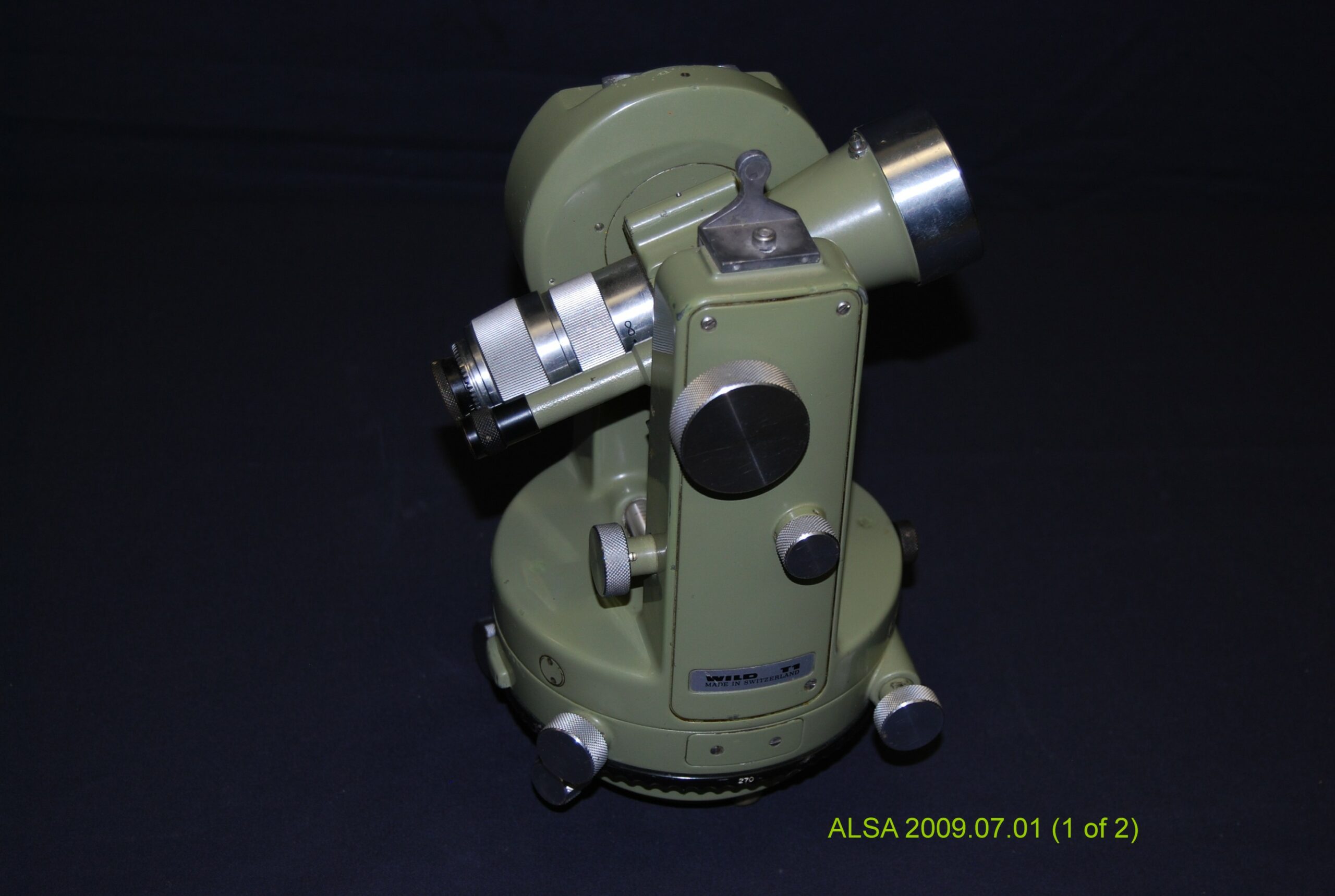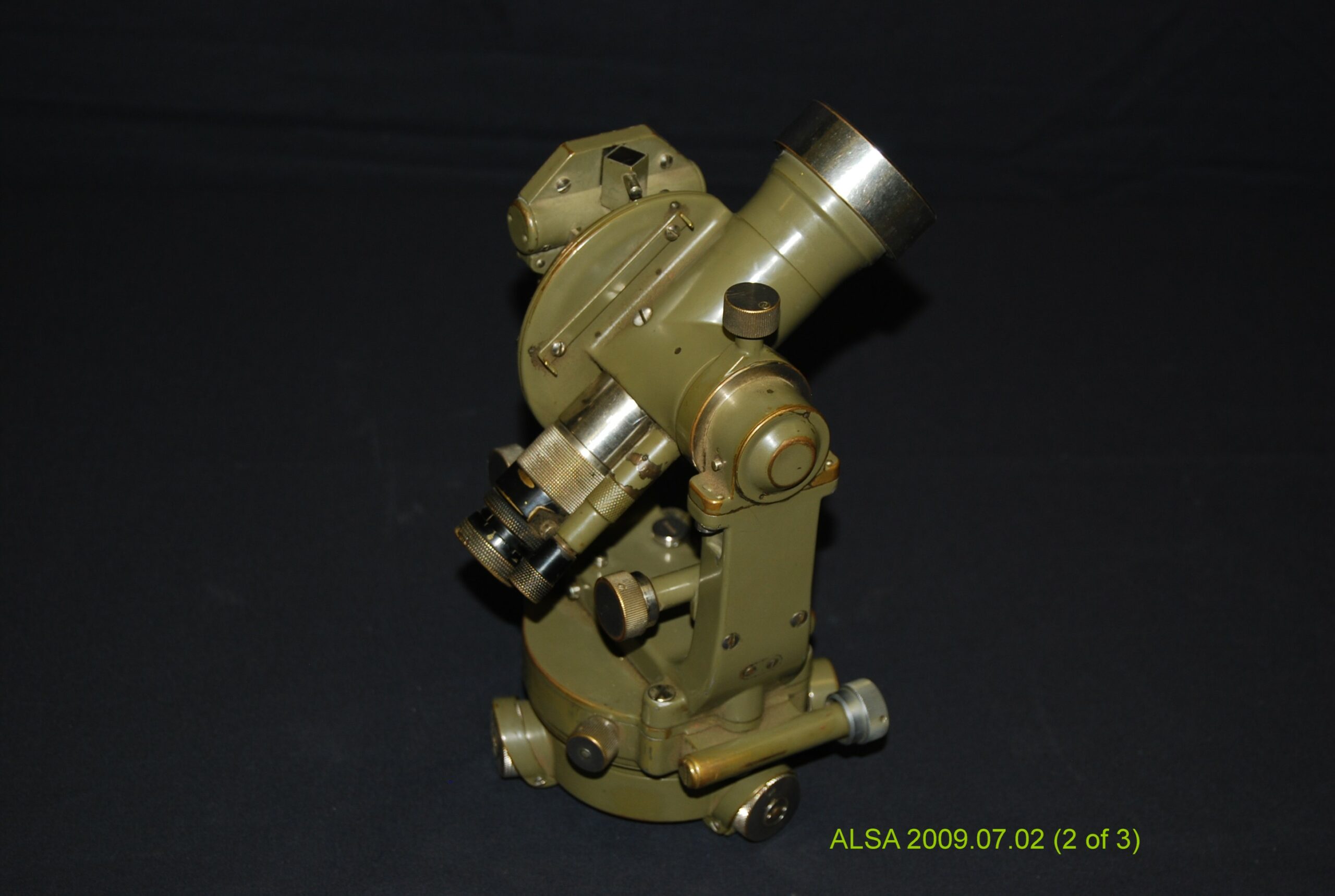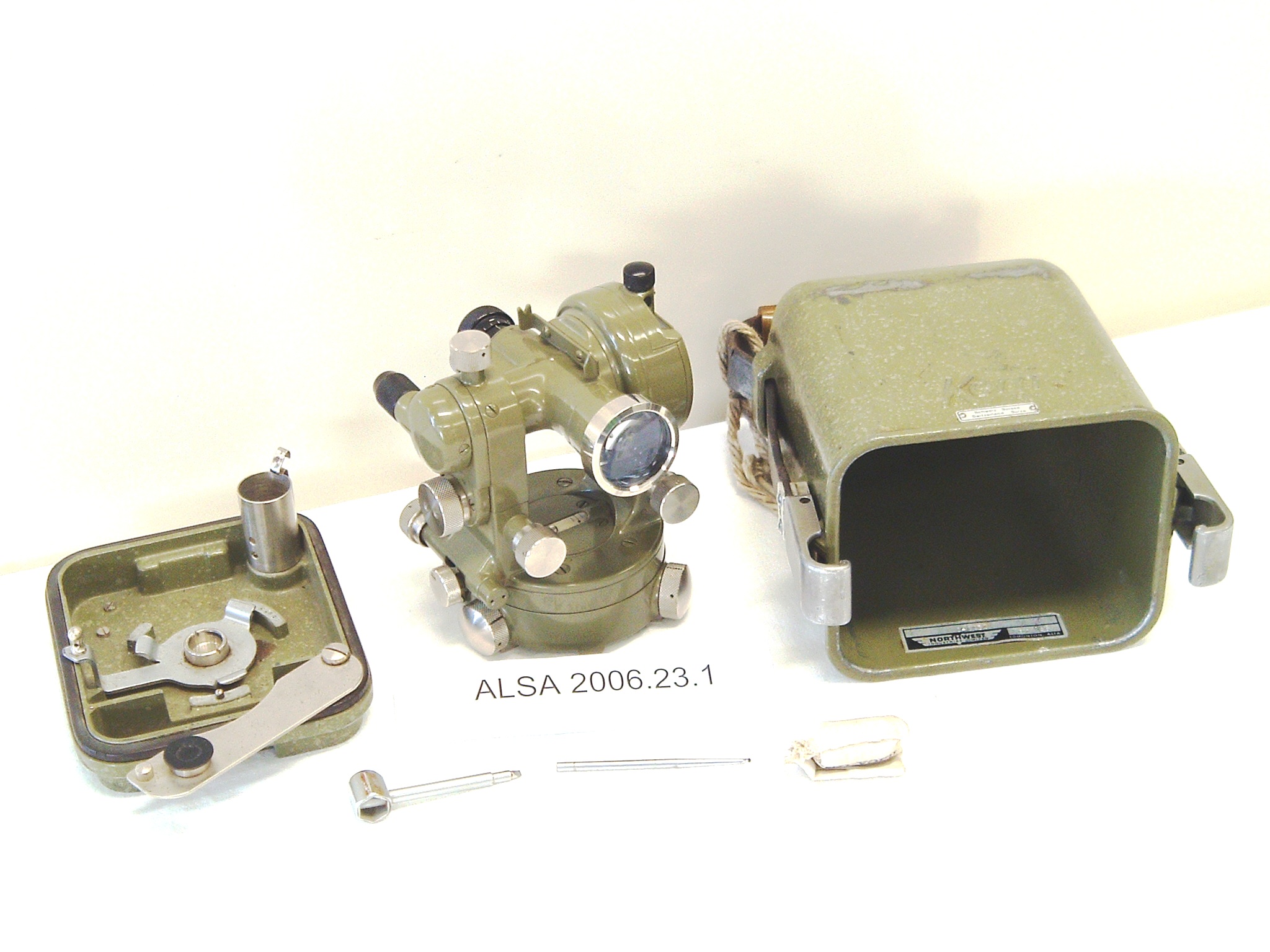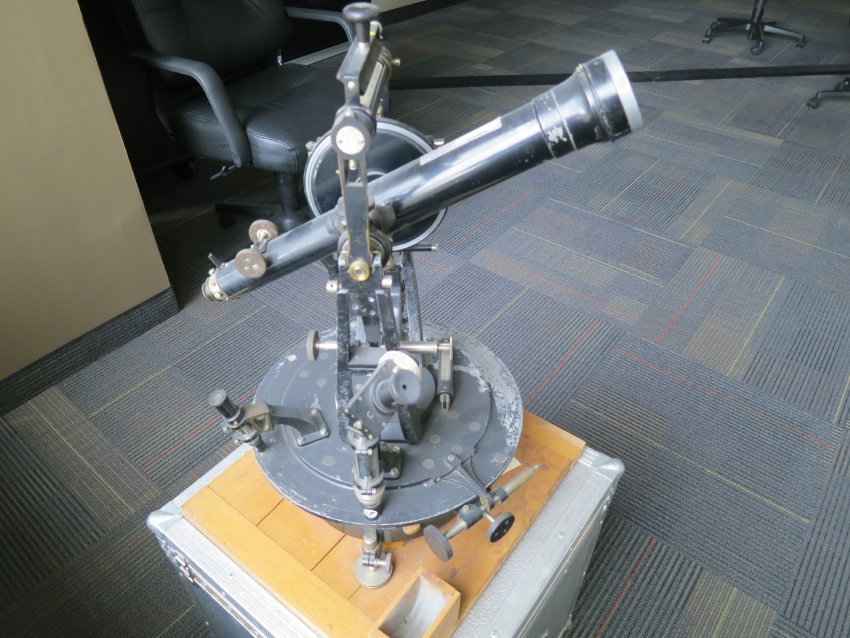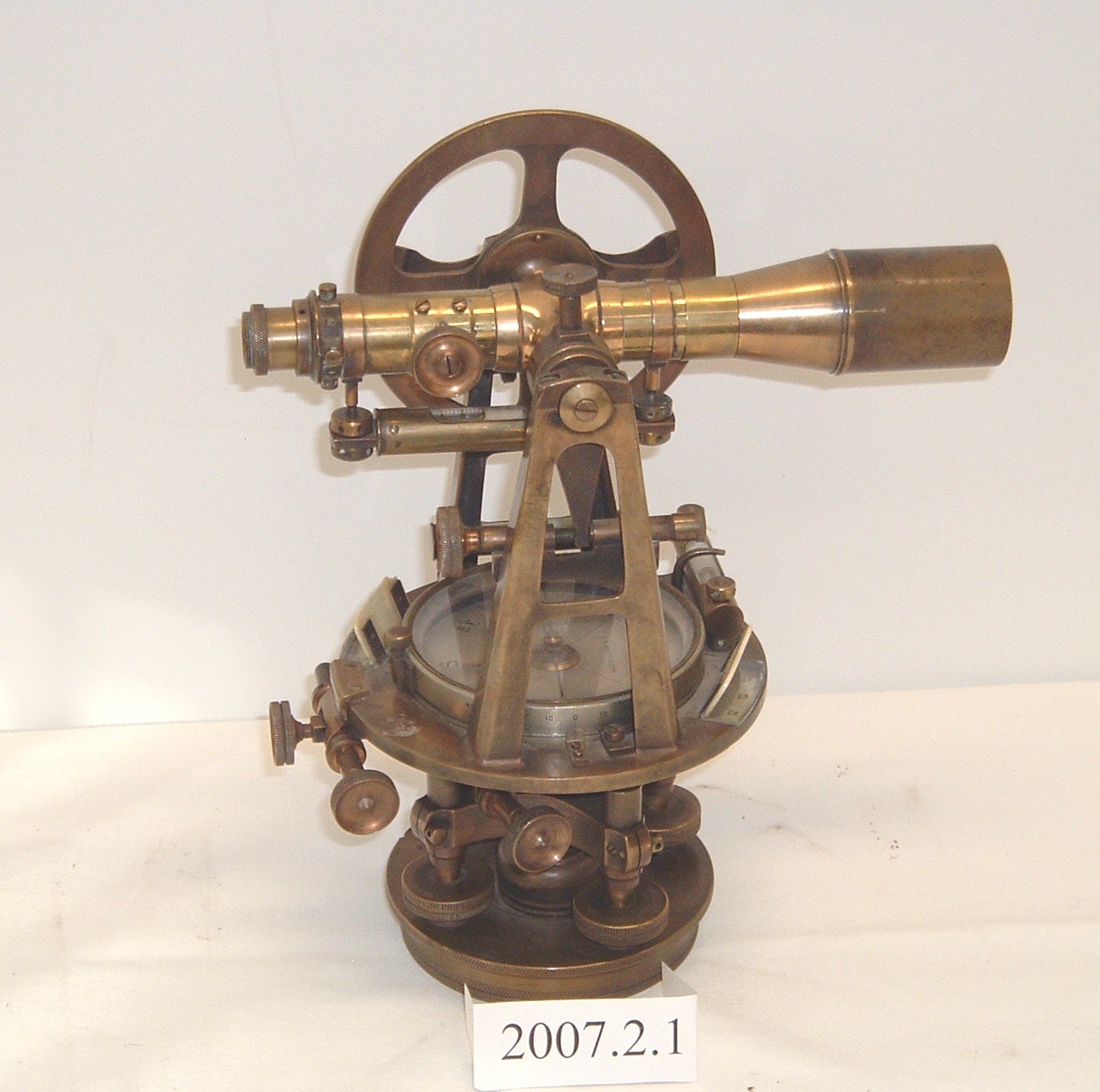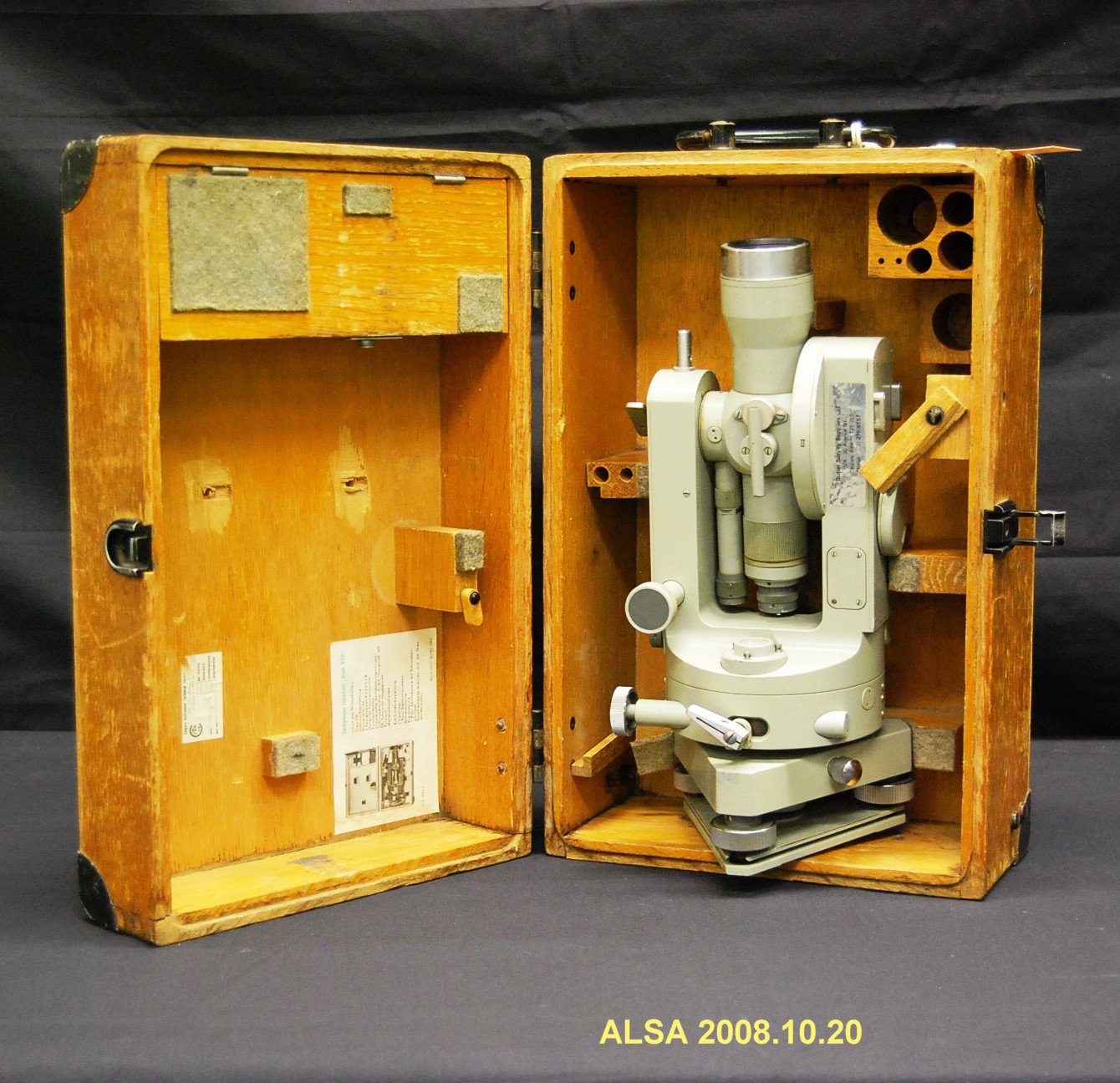The term “theodolite” can be traced back to the sixteenth century in Europe. Although there were several variations of it, basically it was an instrument that could measure vertical and horizontal angles. During the first half of the nineteenth century, the term “transit” was popularized in America. The transit was fundamentally a theodolite in which its telescope could be completely rotated 360 degrees in a vertical plane around the horizontal axis. This enabled back-sighting and fore-sighting on opposite sides of the vertical circle and doubling of angles resulting in more accurate line production and measurement of angles.
